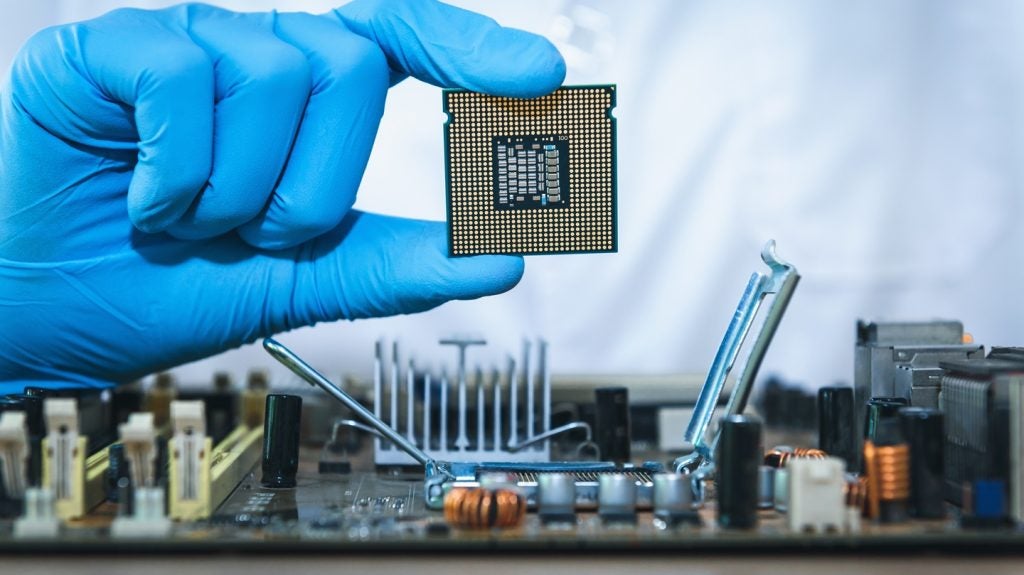ANSYS has been granted a patent for computer-implemented systems and methods to determine mechanical properties of an electronic assembly. The invention involves receiving an input specification for a model of the assembly, identifying geometric interference, generating a displacement to account for the interference, updating the model, and determining a resulting force equilibrium within the assembly. GlobalData’s report on ANSYS gives a 360-degree view of the company including its patenting strategy. Buy the report here.
According to GlobalData’s company profile on ANSYS, Capillary blood collection devices was a key innovation area identified from patents. ANSYS's grant share as of September 2023 was 53%. Grant share is based on the ratio of number of grants to total number of patents.
Determining mechanical properties of an electronic assembly with geometric interference
A recently granted patent (Publication Number: US11775712B1) describes a method and system for determining the mechanical properties of an assembly. The method involves receiving an input specification for a model of the assembly, which includes a compressible body and a surrounding component. The method then identifies any geometric interference between the compressible body and the surrounding component and generates a displacement to account for this interference. The model is updated with the displacement, and a resulting force equilibrium within the assembly is determined based on the updated model. Importantly, the resulting force equilibrium is determined with the displacement removed from the updated model.
The mechanical properties being determined in this method can include the final stress state of the assembly as it is assembled. The compressible body in the assembly can be a thermal pad or a gasket. Additionally, the method includes displaying the resulting force equilibrium of the assembly to a user via a user interface. The user can provide additional input data relating to the operating conditions for the assembly, and the resulting force equilibrium can be adjusted to account for these conditions.
The patent also describes a computer-implemented system for determining the mechanical properties of an assembly. The system includes one or more data processors and one or more non-transitory computer-readable storage mediums encoded with instructions for executing the steps of the method described above.
Furthermore, the patent includes a non-transitory computer-readable storage medium that contains instructions for a processing system to execute the steps of the method. This storage medium can be used to determine the mechanical properties of an assembly by receiving an input specification, identifying geometric interference, generating a displacement, updating the model, and determining the resulting force equilibrium.
Overall, this patent presents a method and system for accurately determining the mechanical properties of an assembly by accounting for geometric interference and allowing for adjustments based on operating conditions. This technology could have applications in various industries where precise knowledge of mechanical properties is crucial for design and performance optimization.
To know more about GlobalData’s detailed insights on ANSYS, buy the report here.
Data Insights
From

The gold standard of business intelligence.
Blending expert knowledge with cutting-edge technology, GlobalData’s unrivalled proprietary data will enable you to decode what’s happening in your market. You can make better informed decisions and gain a future-proof advantage over your competitors.







